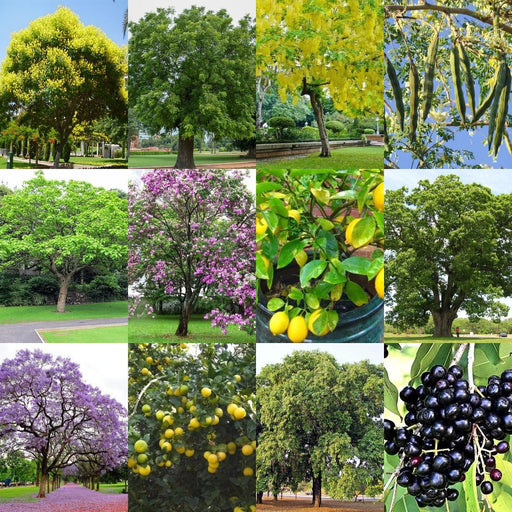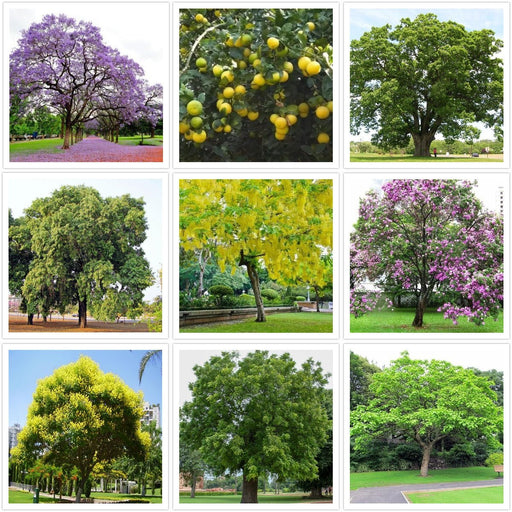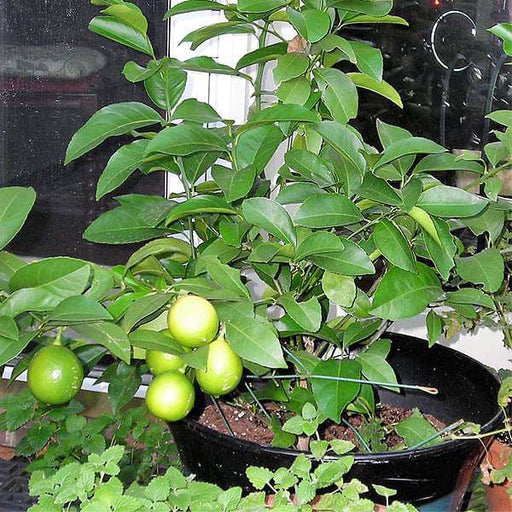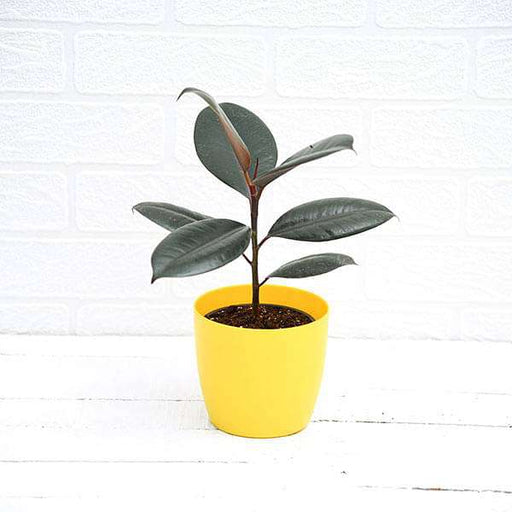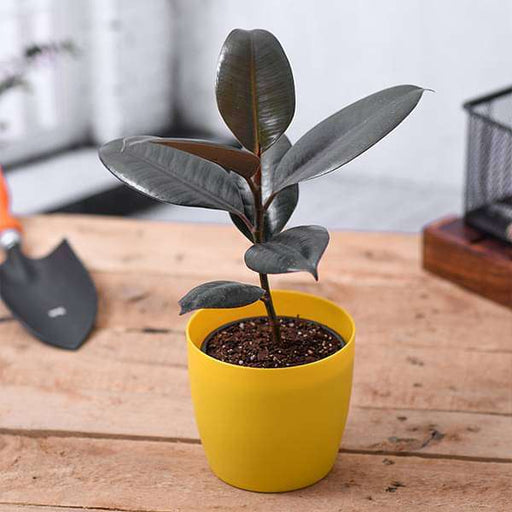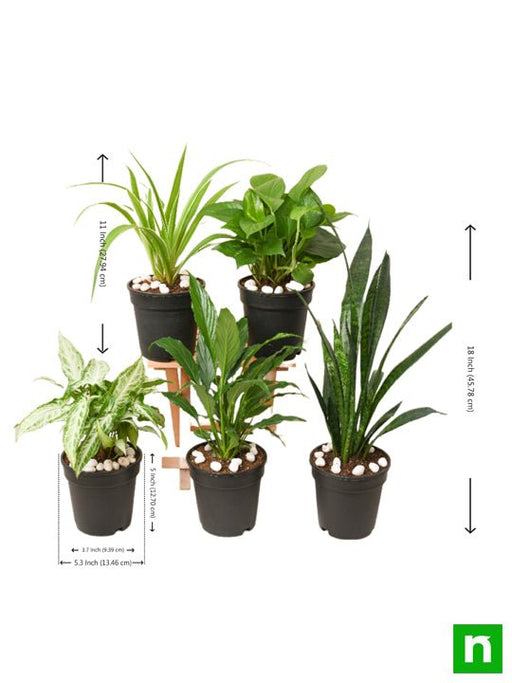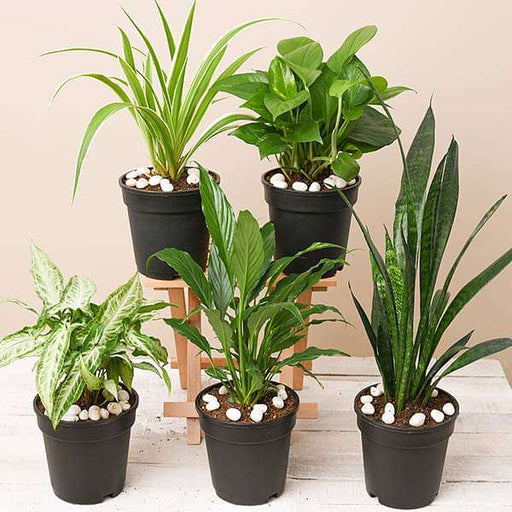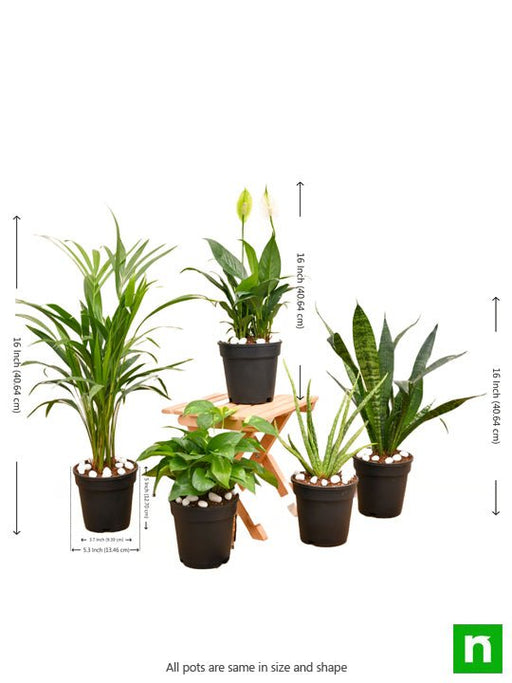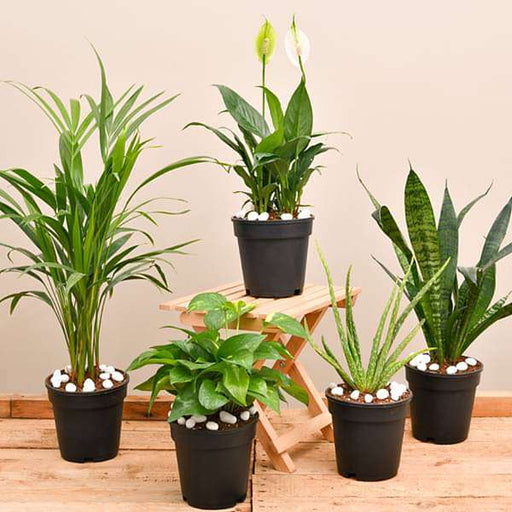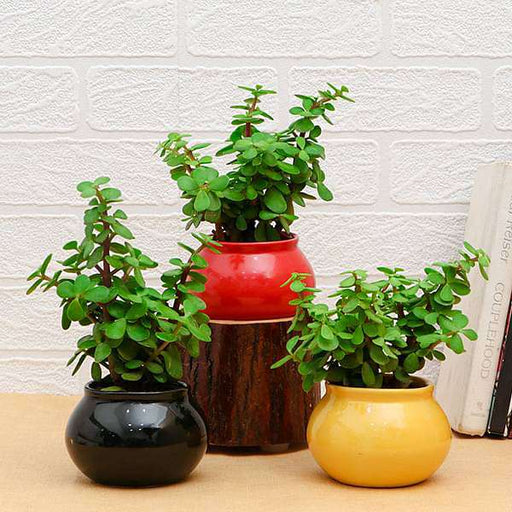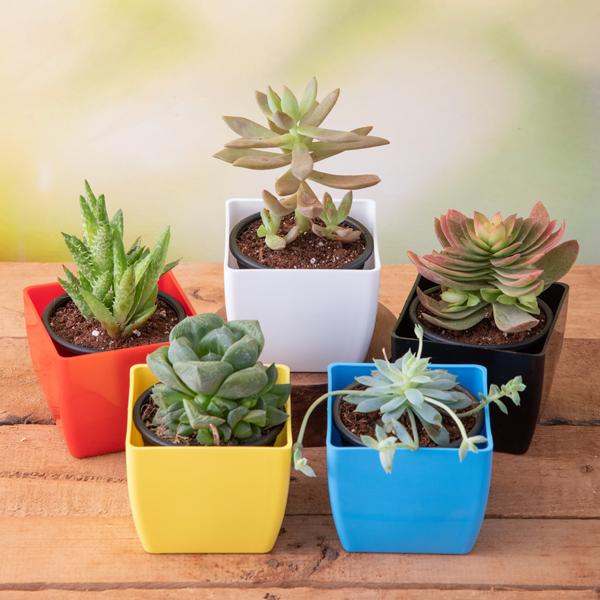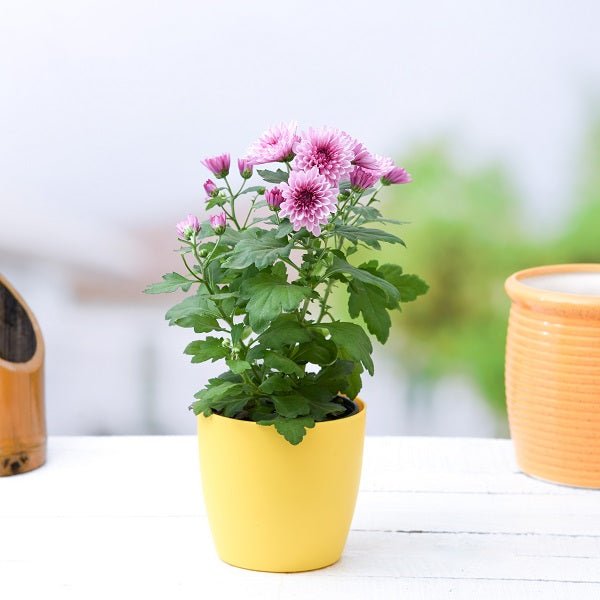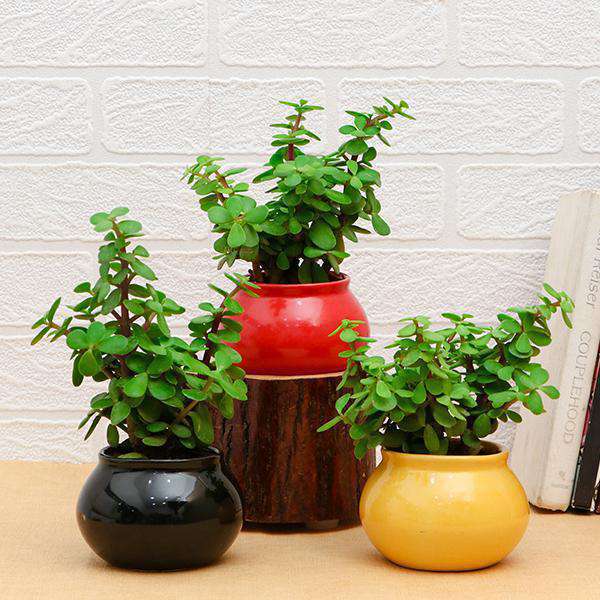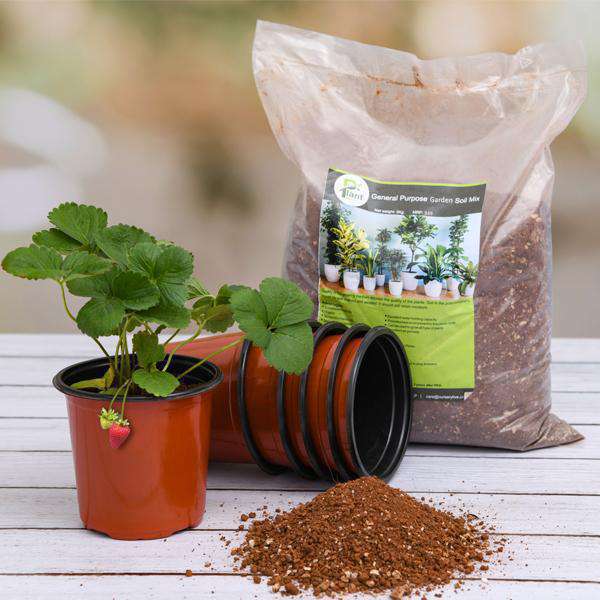Willow Tree Benefits
If you think the Willow Tree is just a pretty face, think again! This leafy wonder is a multitasker, providing shade, beauty, and even a natural habitat for wildlife. Its long, flowing branches are like nature's curtains, swaying gracefully in the breeze. Plus, the tree's ability to thrive in wet conditions makes it a hero in flood-prone areas. So, whether you're looking to enhance your garden or support local ecosystems, the Willow Tree is your go-to green companion.
Salix babylonica Care
Caring for your Salix babylonica is like nurturing a diva—she needs attention, but the rewards are worth it! This tree loves moist soil, so don’t let her roots dry out. Prune those long, elegant branches to keep her looking fabulous and prevent any awkward tangles. And remember, she thrives in full sun, so give her the spotlight she deserves. With a little TLC, your Willow will be the belle of the botanical ball!
Willow Tree Growth Rate
If you’re impatient for instant shade, the Willow Tree is your speedy friend! Known for its rapid growth, this tree can shoot up to 10 feet in a single year. That’s right—while you’re still waiting for your neighbor’s slowpoke oak to grow, your Willow will be throwing shade and stealing the show. Just make sure you give it enough space to spread its wings (or branches, in this case) and watch it flourish!
Willow Tree Uses
The Willow Tree isn’t just a pretty sight; it’s a versatile superstar! From traditional basket weaving to modern landscaping, its flexible branches have been used for centuries. Need a natural remedy? Willow bark has been used for pain relief, making it nature’s own aspirin. Plus, its stunning silhouette makes it a favorite in art and photography. So, whether you’re crafting or just admiring, the Willow Tree has got you covered!
Willow Tree Symbolism
The Willow Tree is like the wise old sage of the plant world, symbolizing resilience and adaptability. In many cultures, it represents healing and renewal, making it a popular choice for gardens meant to inspire tranquility. Its graceful form and drooping branches evoke a sense of calm, perfect for meditation spots. So, if you’re looking to add a touch of serenity to your life, plant a Willow and let its symbolism work its magic!
Willow Tree Landscaping
When it comes to landscaping, the Willow Tree is the ultimate showstopper! Its dramatic, sweeping branches create a stunning focal point in any garden. Whether you’re designing a serene pond area or a whimsical fairy garden, the Willow adds that touch of enchantment. Plus, its ability to thrive near water makes it a perfect partner for those picturesque backyard retreats. So, roll up your sleeves and let this tree transform your outdoor space into a botanical masterpiece!
Willow Tree Varieties
Did you know there’s more than one type of Willow Tree? That’s right! From the classic Salix babylonica to the more compact varieties like the Weeping Willow, there’s a Willow for every garden personality. Each variety brings its own flair, whether it’s the dramatic droop of the branches or the vibrant foliage. So, if you’re feeling adventurous, explore the world of Willow varieties and find the perfect match for your green thumb!
Willow Tree Pests
Even the most majestic Willow Tree isn’t immune to pesky intruders. Aphids, caterpillars, and beetles can turn your leafy friend into a buffet. But fear not! With a little vigilance and some eco-friendly pest control, you can keep those critters at bay. Regular inspections and a good dose of neem oil can help maintain your tree’s regal status. So, channel your inner tree guardian and protect your Willow from unwanted guests!
Willow Tree Propagation
Want to multiply your Willow Tree army? Propagation is the name of the game! This tree is a champion at cloning itself, making it easy to grow new plants from cuttings. Simply snip a healthy branch, pop it in water, and watch as roots sprout like magic. In no time, you’ll have a whole grove of Willows to share with friends or to create your own mini forest. Who knew being a plant parent could be this easy?
Willow Tree History
The Willow Tree has a rich history that dates back thousands of years. Revered in various cultures, it has been a symbol of strength and flexibility. Ancient civilizations used its wood for crafting tools and furniture, while its bark was a source of medicinal remedies. Today, it continues to inspire artists and poets alike. So, when you plant a Willow, you’re not just adding a tree; you’re planting a piece of history in your backyard!
Willow Tree in Art
The Willow Tree has long been a muse for artists, poets, and dreamers. Its graceful form and ethereal presence have inspired countless paintings, photographs, and literary works. From Monet’s impressionistic landscapes to modern photography, the Willow’s beauty transcends time and style. So, if you’re looking to add a touch of artistic flair to your garden, plant a Willow and let it inspire your own creative endeavors!




